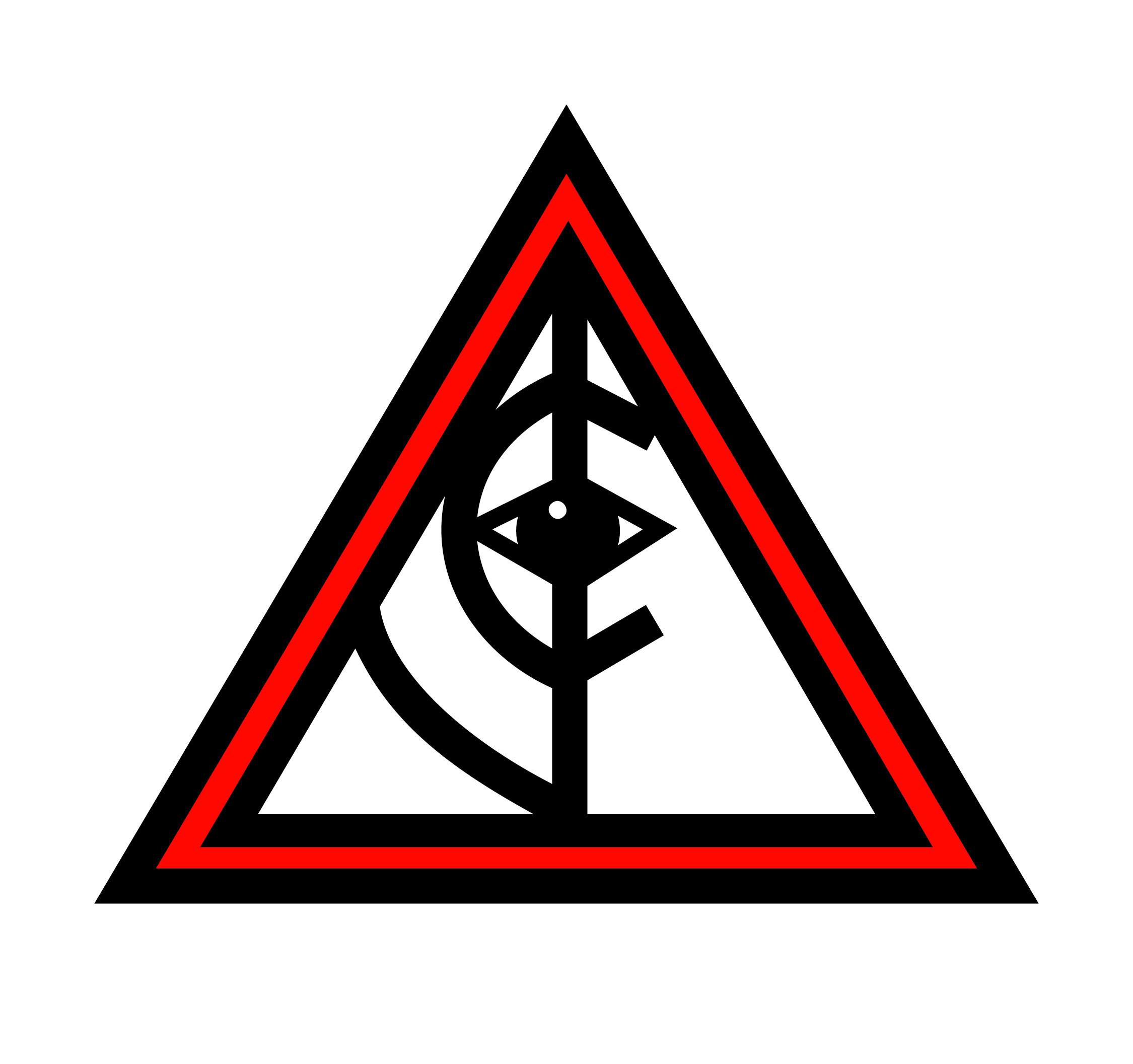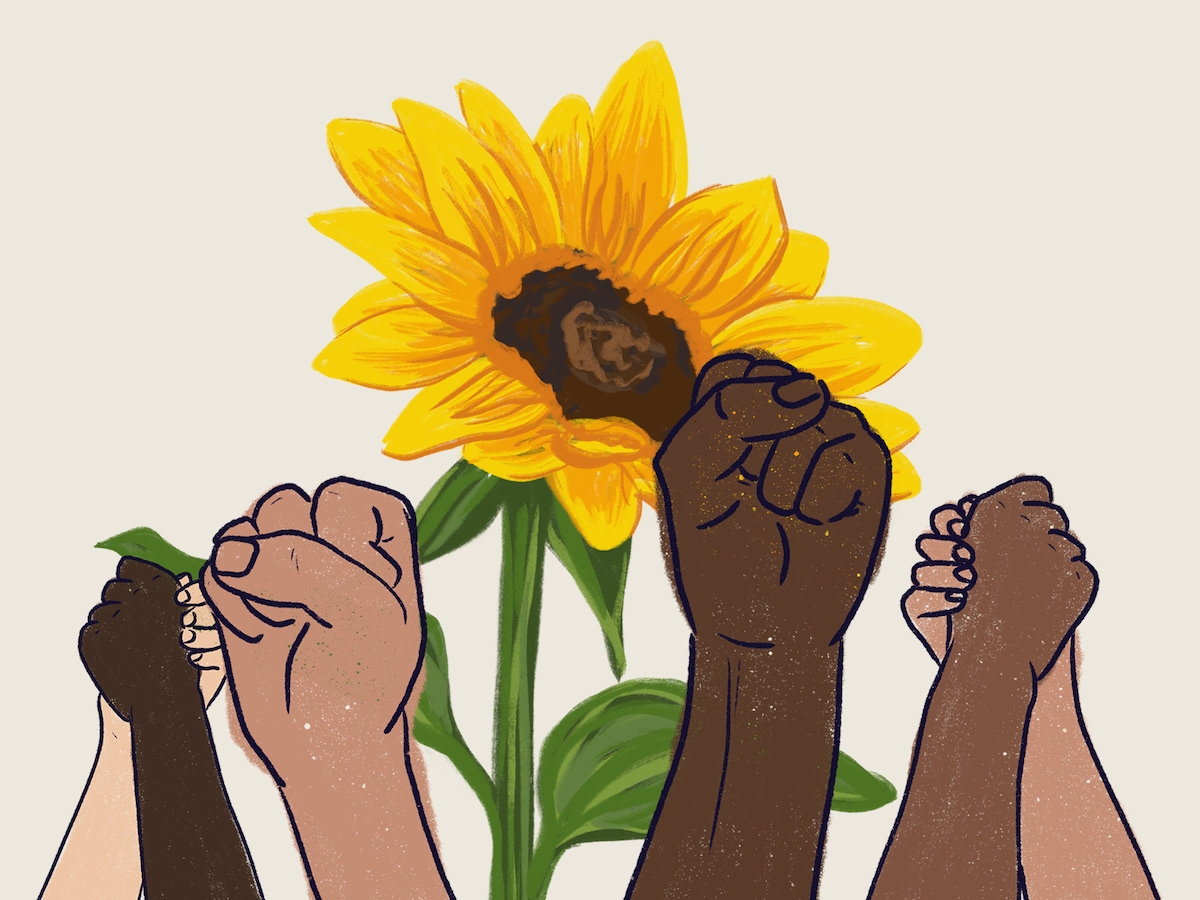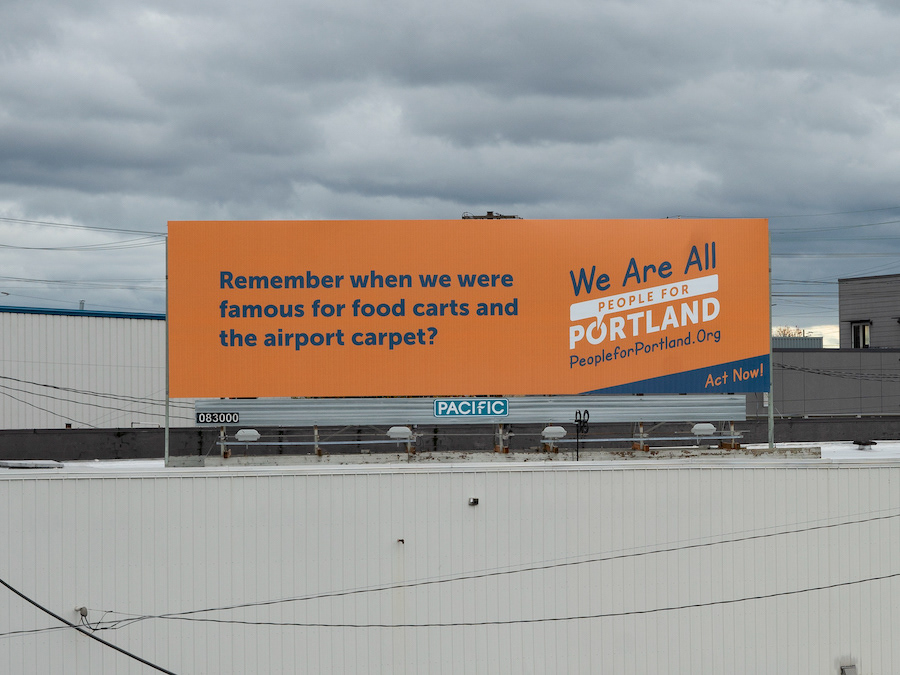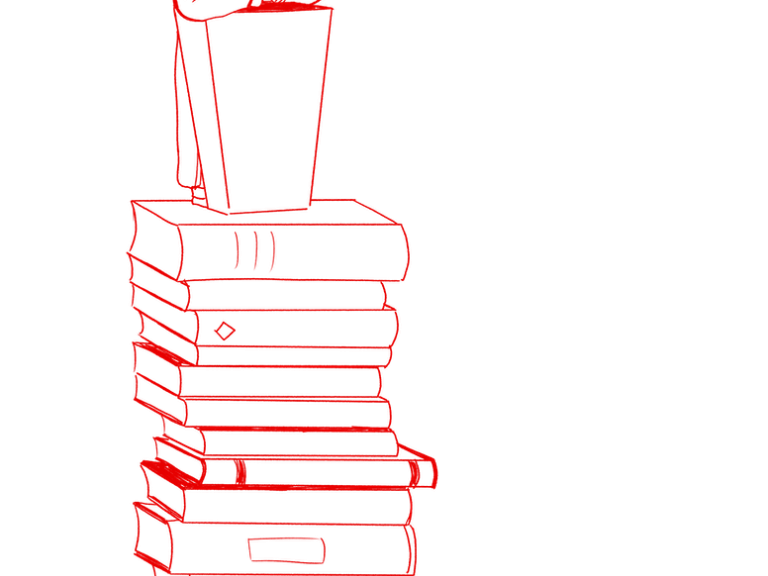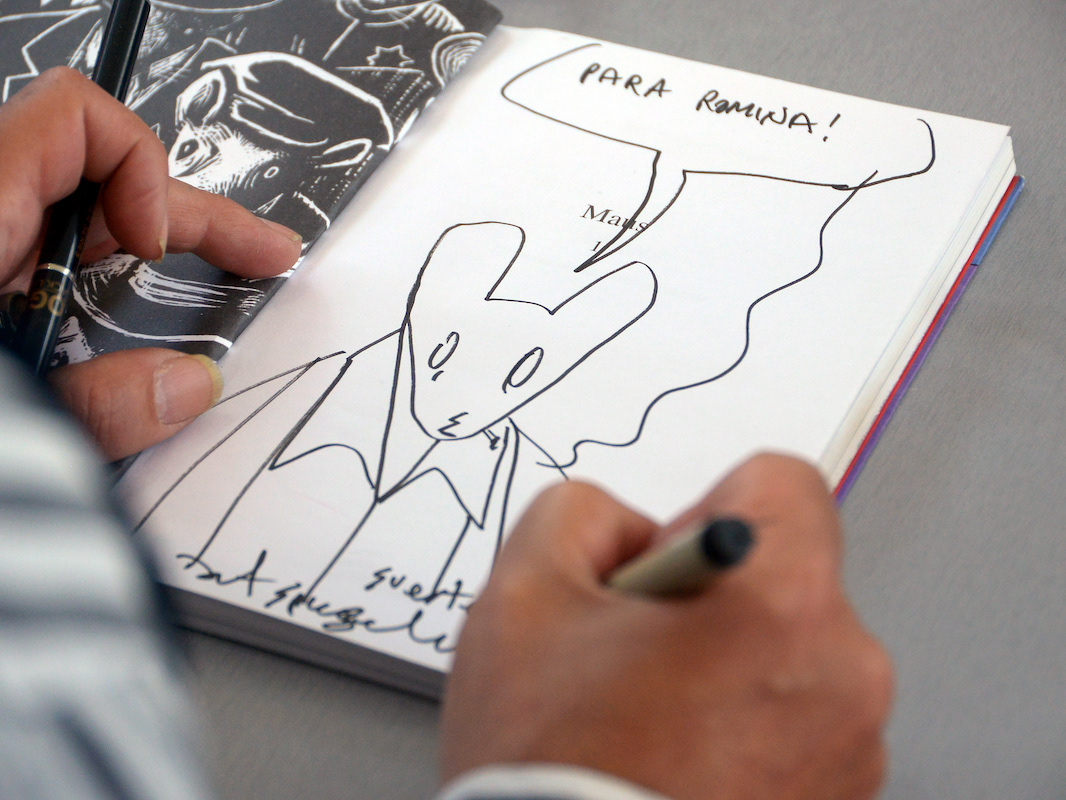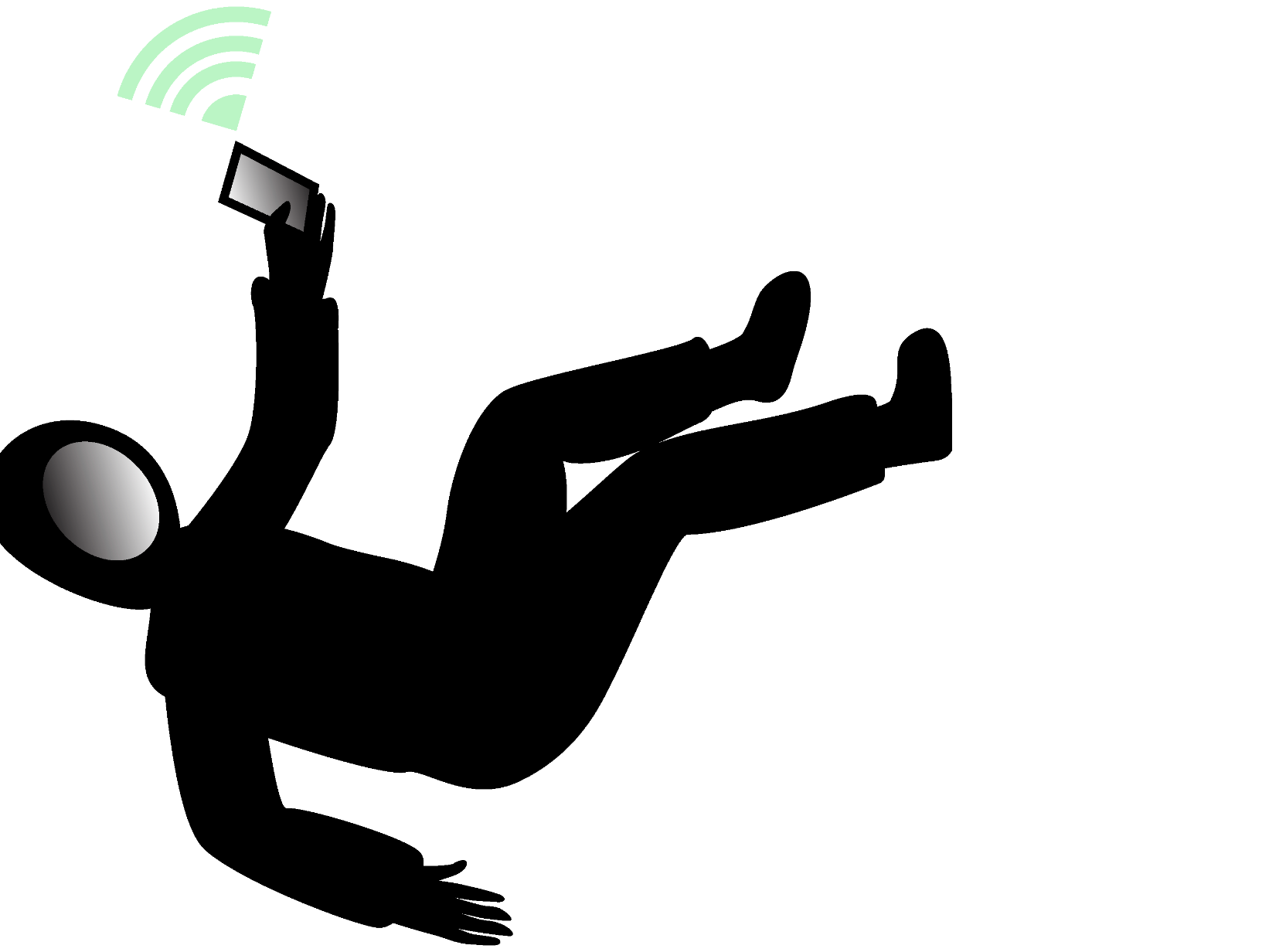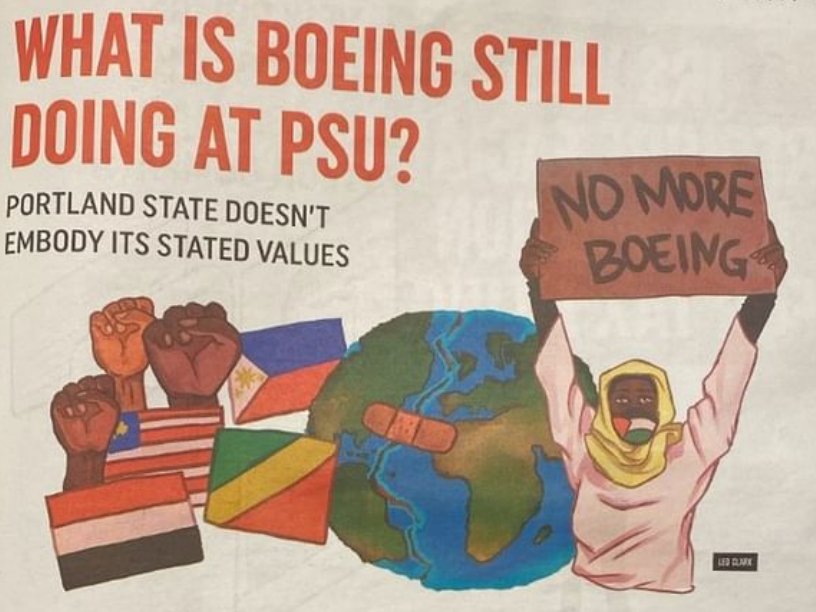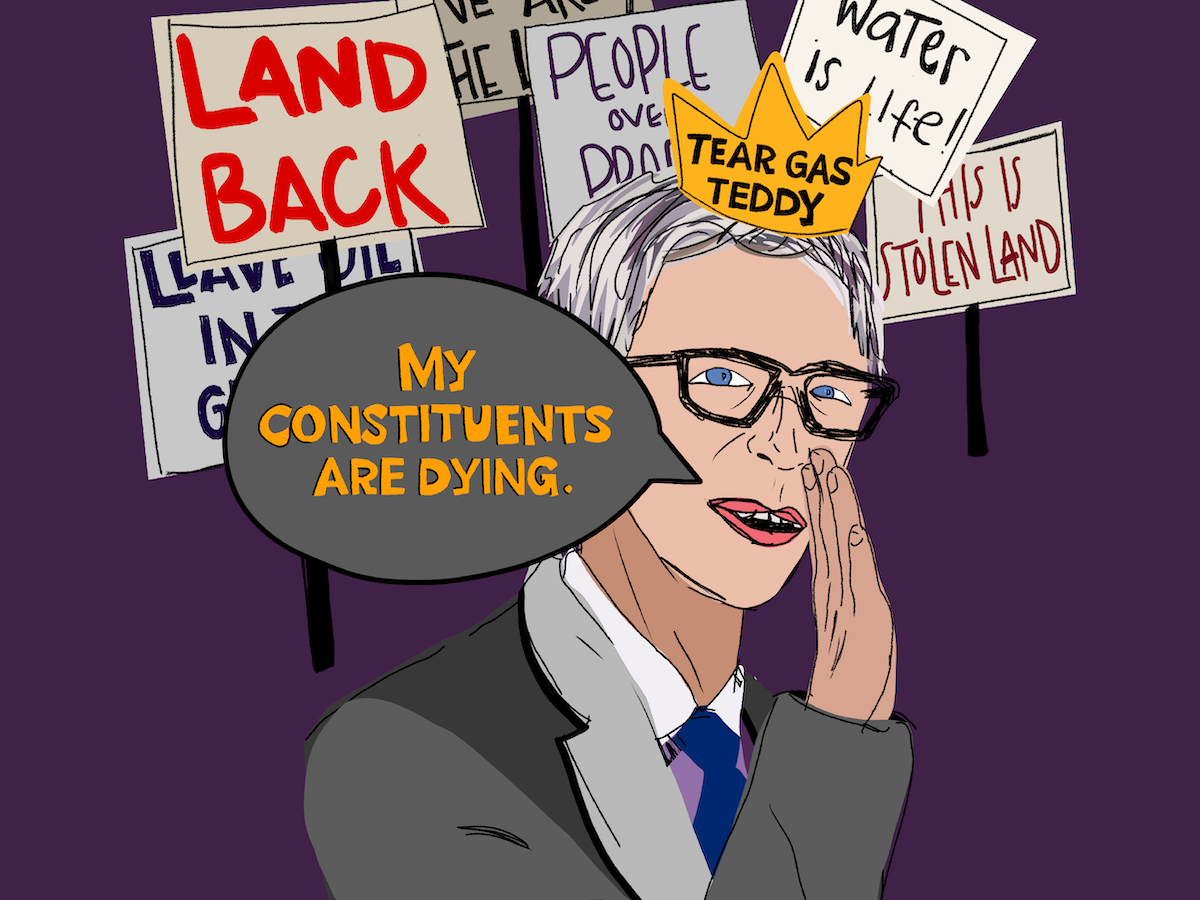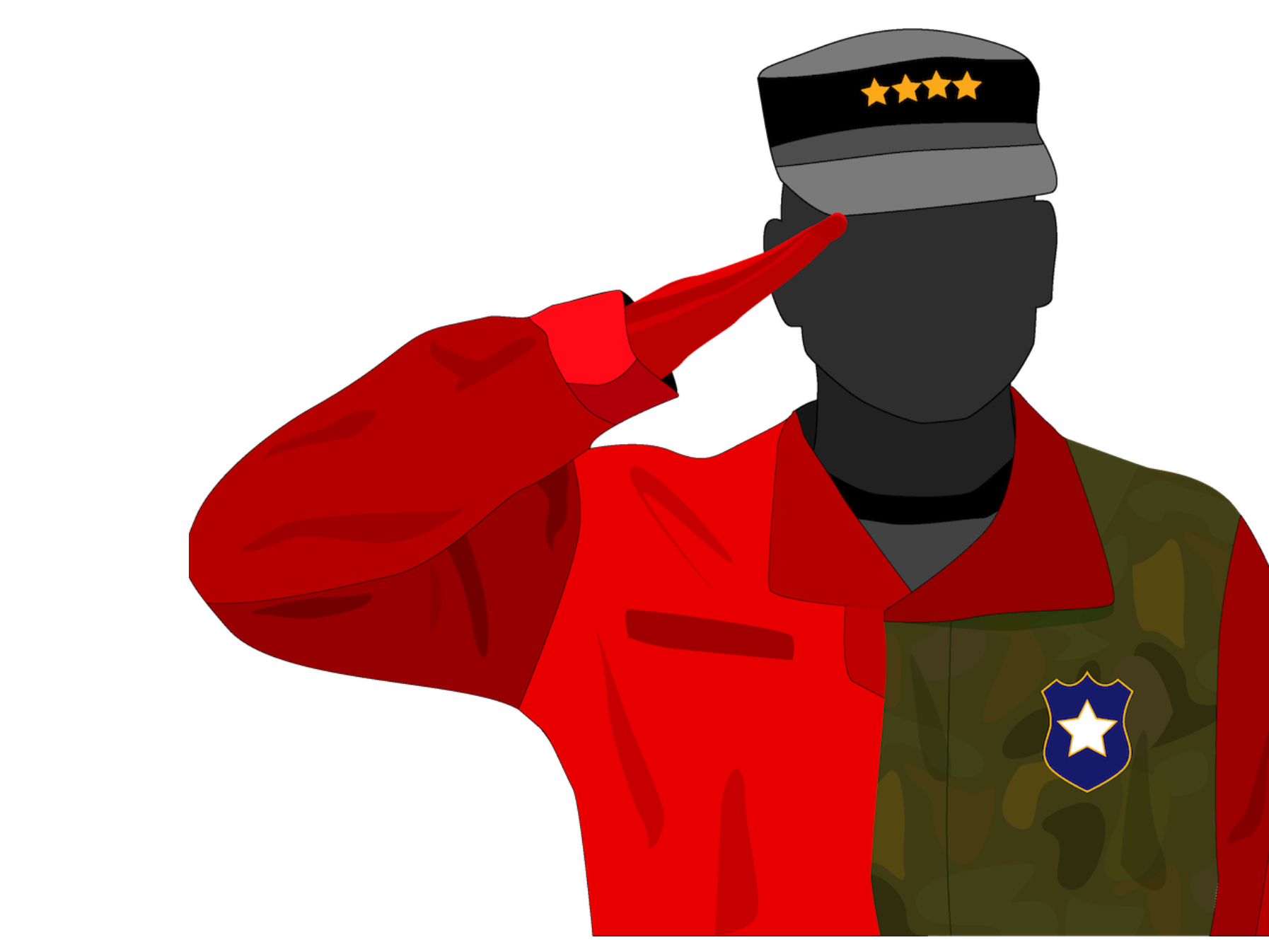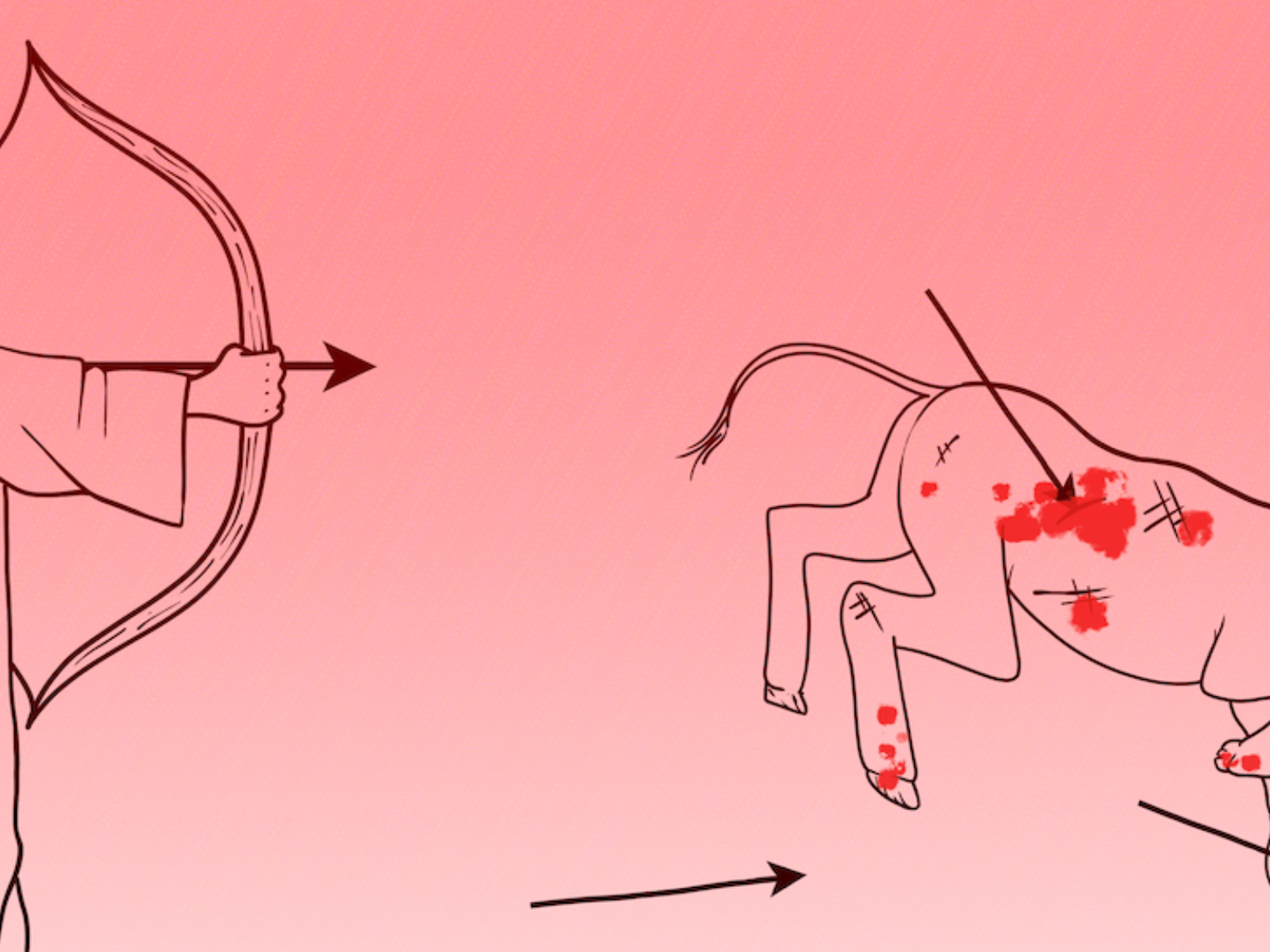It is no secret that in the startlingly recent past, the entire North American continent underwent an incomprehensibly massive and brutal cultural reconfiguring.
According to the scholarship of Erin McKenna, the population of Indigenous people in North and South America in 1491 was around 145 million people—by 1691 their population had plummeted by 90–95 percent, around 130 million people.
I believe it is important to acknowledge whose land we are actually on, but land acknowledgements tend to be hollow and performative gestures that do little to nothing in actually advocating for Indigenous sovereignty or in returning these stolen lands to the people who spent millennia here upon them.
There have been some recent victories for Indigenous people in the Land Back movement—for instance, when a multinational timber company returned a stretch of tidelands known as the Little Skookum Inlet in Mason County, Washington to the Squaxin Island Tribe.
In other instances, some tribes have been able to legally challenge the atrocities committed against them, even as the legal system itself is stacked against acknowledging that the U.S. has broken the majority of its treaties with Indigenous peoples. Still the deep scars of colonialism are ever present.
Some tribes have also begun purchasing their own lands back. One such recent Indigenous victory happened here in the Willamette Valley with the return of the lands around Willamette Falls to the Grand Ronde Tribes, after over a century of industrial abuse of the area by paper and wood-milling facilities.
The area is a deeply significant place culturally and spiritually, as it is the former home of the Clowewalla and Kosh-huk-shix villages of the Clackamas people who were forcibly removed and relocated by the U.S. government under the Willamette Valley Treaty of 1855.
Jamie Hale of The Oregonian wrote that the Grand Ronde have their own name for Willamette Falls—“tumwata”—the Chinook jargon word for waterfall. Tumwater, Washington also takes its name from that same word for waterfall.
In the spirit of Land Back and in paying loving tribute and respect to the vibrant and living Indigenous cultures and peoples of the Pacific Northwest, this article explores some of the true names of these places and lands upon which so many of us have lived—largely as strangers and settlers.
This entire valley takes its name from the mighty river that went by the Chinook name “walamt,” later anglicized into what we now call the Willamette. As locals all know, it is pronounced “will-AM-it,” but few realize that it means “still water.” This describes a place on the river near Oregon City that was—and, to a smaller degree, still is—inhabited by members of the Kalapuya, Molalla, Clackamas and Chinook peoples. As you can ascertain, these tribal appellations have also been applied to counties, rivers, towns and other places locally as well.
Further up on the Willamette River, a band of Chinook known as the Multnomah people lived on an island known for an abundance of “wapato,” a native potato-like plant whose roots were and still are a vital food source. It was for this reason that the island was dubbed “Wapato” by Meriwether Lewis and William Clark when they passed through. We now know it as Sauvie Island, named after the French-Canadian Laurent Sauvé who managed the dairy farms there for the Hudson’s Bay Company after the colonizers forcefully cleared the Multnomah people from their villages.
As for the mighty Columbia River—the largest river in the Pacific Northwest and a major lifeblood of the region—the Chinook call it “Wimahl.” The Sahaptin-speaking peoples of the river’s middle course in Central Washington call it the “Nch’i-Wàna.” Finally, the Sinixt people of the Arrow Lakes region in Canada call the river “Swah’netk’qhu.” All of these terms essentially translate to “the big river.”
Along the “Wimahl” river and close to Portland is a beloved swimming hole and nude beach called Rooster Rock. Not many folks realize that the name comes from a rock formation that the Chinook called “Woot’lat,” a slang term for a phallus. According to the seminal late Coquille Indigenous scholar George Bundy Wasson Jr., in his dissertation on the history of the coast tribes of Oregon called Growing Up Indian: An Emic Perspective, the rock formation was a useful position marker for those navigating the river. Later, Europeans took the “colorfully direct translation of the [Chinook] jargon to English whereby ‘Woot’lat’ (phallus or penis) would readily be called ‘Cock Rock.’”
As place names were formalized, the Puritan-informed sensibilities of the government naming agencies changed its name to Rooster Rock. Ironically, today many still chuckle at the connotations of “cock rock,” especially as it has evolved over time into a gay cruising beach, without realizing that they are closer to the nature of its original name in doing so.
The Indigenous names of the volcanic mountains towering above us and bisecting the high deserts and the lush rain forests of this Cascadian region are likewise full of gorgeous mytho-poetic intrigue.
Mount Hood is currently named after a British admiral, but for countless ages it was known as “Wy’east.” This comes from a Multnomah/Chinook legend in which two sons of the Great Spirit Sahale fell in love with a beautiful woman named Loowit. She could not decide which to choose so the two young men battled over her, creating much destruction in their wake. Sahale became enraged and smote all three lovers. He created three mountain peaks to mark the place that each fell.
You may have gathered from that tale that “Loowit” forms the original name for Mount St. Helens, and that “Klikitat” is the original name of Mount Adams. The other mountains in our region have ancient names like “Seekseekqua” before Mount Jefferson, “Tahoma” before Rainier, “Kulshan” before Baker and “Dahkobed” before Glacier Peak.
There are countless other names and aspects of local lore that could continue well beyond the confines of this limited article, but the point is to stir respect, interest and connection. Indigenous people are far too often disregarded and thought of as belonging only to a tragic past—the original sin at the founding of the United States of America. The wrongs committed against them past and present are awaiting recourse—we all collectively owe them that and much more as we benefit from our continued occupation of their lands.
Learning the true aboriginal names of these places, much like toothless land acknowledgements, is far from adequate. However, through connecting with the people and culture of this place—in helping to keep their languages, lore and vibrancy at the forefront—we can be part of the thinning of the veil between the ghosts of the past and the legacy of material conditions that are their result.
Portland is home to the ninth largest urban Indigenous population in the country and, as reported by the Coalition of Communities of Color & Portland State University, Native poverty rates are triple those in white communities with a rate of 34% compared to white Portlanders at 12.3%. Indigenous people are the victims of violent crimes at rates 250% higher than those of white people in the area.
It is clear that the war on Indigenous people has never ended as oil pipelines continue to be forced through their meager remaining reservations, and supposedly “green” energy companies continue to devastate Indigenous sacred sites for electric battery lithium mines in Nevada and copper mines in Arizona.
Much more needs to be done than simply remembering the true names of the places we live. We need to remember, love and hold in the highest esteem of our heart’s expansive solidarity the Indigenous people who have always made this place what it is. Cherish them and fight to help return them their land, and do seek out and keep on your tongues the true names and mytho-poetry of this gorgeous place and its original people.
Cover photograph of Rooster Rock ("Woot’lat" in the Chinook language) near the Columbia River Gorge by Camden Benesh/PSU Vanguard
